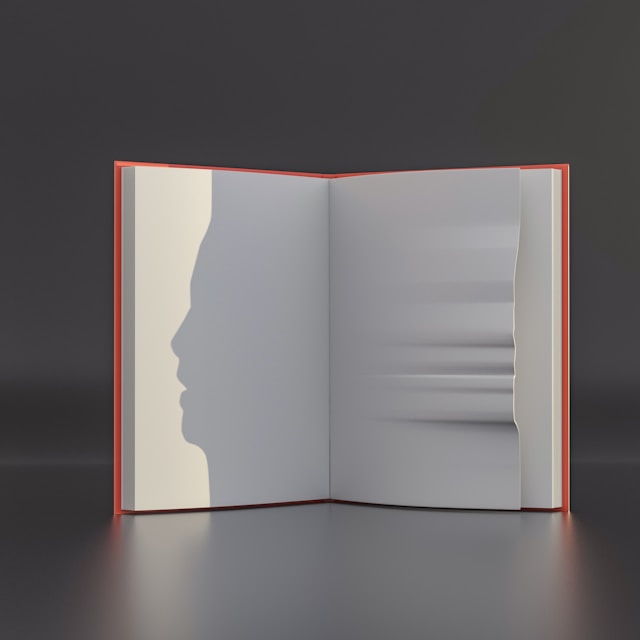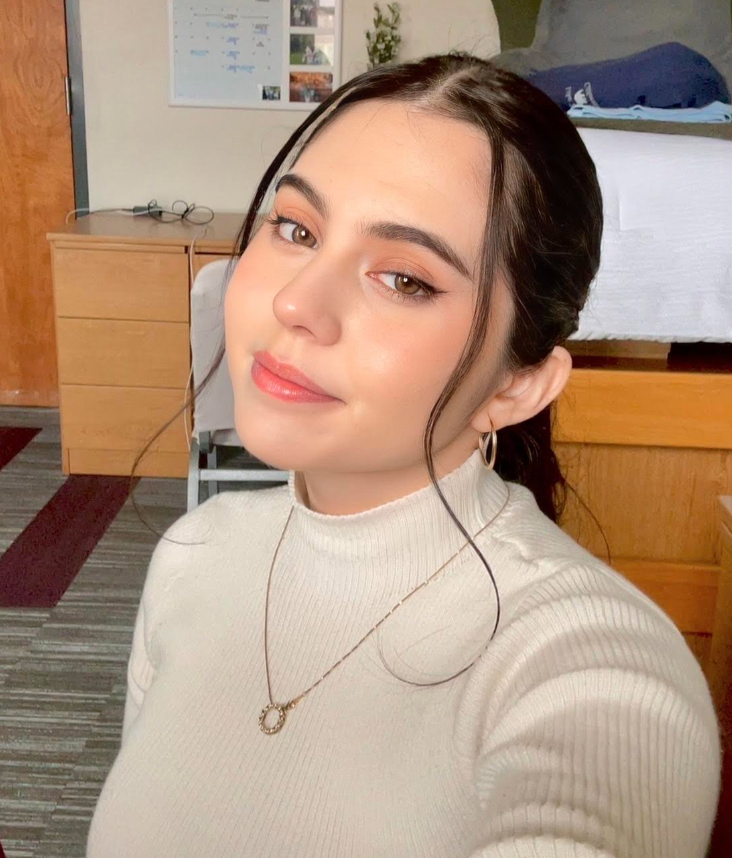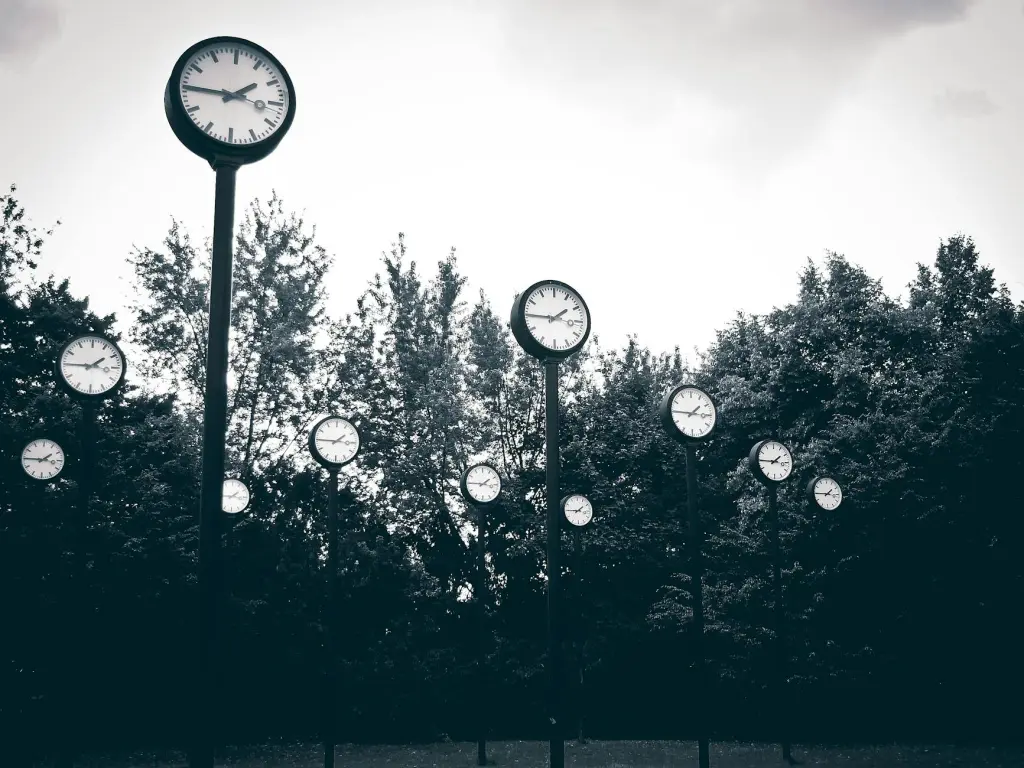by Ana Guardado

Photo by 愚木混株 cdd20 on Unsplash
Do you remember the first time you ever rode a rollercoaster? Some people might, if it was significant enough. But you remember the conversation you had leading up to the ride? Probably not as much.
Where do we draw the line at the level of accuracy in nonfiction writing, especially in creative nonfiction? There are several authors who discuss this, including Vivian Gornick. Her publication, The Situation & The Story, celebrates writers taking artistic liberties in their works, all in the name of evoking emotion and ideas in readers. There can certainly be a balance between keeping the original truth and fabricating some details for a stronger literary effect.
Gornick uses a eulogy as an example of making nonfiction larger than life. In one of my favorite passages, she says, “Invited to speak about an experience she had lived with for more than twenty years, the eulogist must have thought, A piece of cake, the story will write itself. Then she sat down to it, and very quickly discovered herself stymied. Well, what about the
experience? What exactly was it? The experience, it seemed, was a large piece of territory. How was she to enter it?” Stating the truth very plainly is one way to go about nonfiction, but some aim to create an experience.
On the other hand, some authors worship truth, believing that the latter would result in misleading audiences. The Creative Nonfiction Police by Lee Gutkind is an interesting read for those that want a more traditional approach to nonfiction. It argues the truth is more compelling
than conversations that may or may not have happened, or the exact climate and time of day. It sparks debates of perspective and lets the audience walk away with something new.
Similarly, Autobiography and Bildungsroman in African Literature by Apollo Amoko explores the art of balancing true accounts with symbolic storytelling techniques, specifically in African postcolonial literature. It discusses how some writers avoided embellishments, while still addressing how individuals carry their own biases.
My belief is that these philosophies are two sides of the same coin. At the end of the day, writers are trying to depict their own truth. As long as the core of the story is there, places and people can be made up, as they are simply literary vessels to convey a message. Author John Brendt coins this as “rounding the corners,” marking the difference between an informational
piece and creative writing.
So as a reader/writer, I ask your opinion on the gauge of truth that nonfiction should adhere to. Are you willing to be liberal with the accuracy of events without tainting the original story, or is every detail meant to be factual and objective? There may never be a right answer, but we can sure get close.

Ana is a Creative Writing major and Film minor. She is currently an editorial assistant for the Kudzu fiction team. She loves reading, graphic design, and photography.
Want to read more? Check out our most recent posts!






Leave a comment